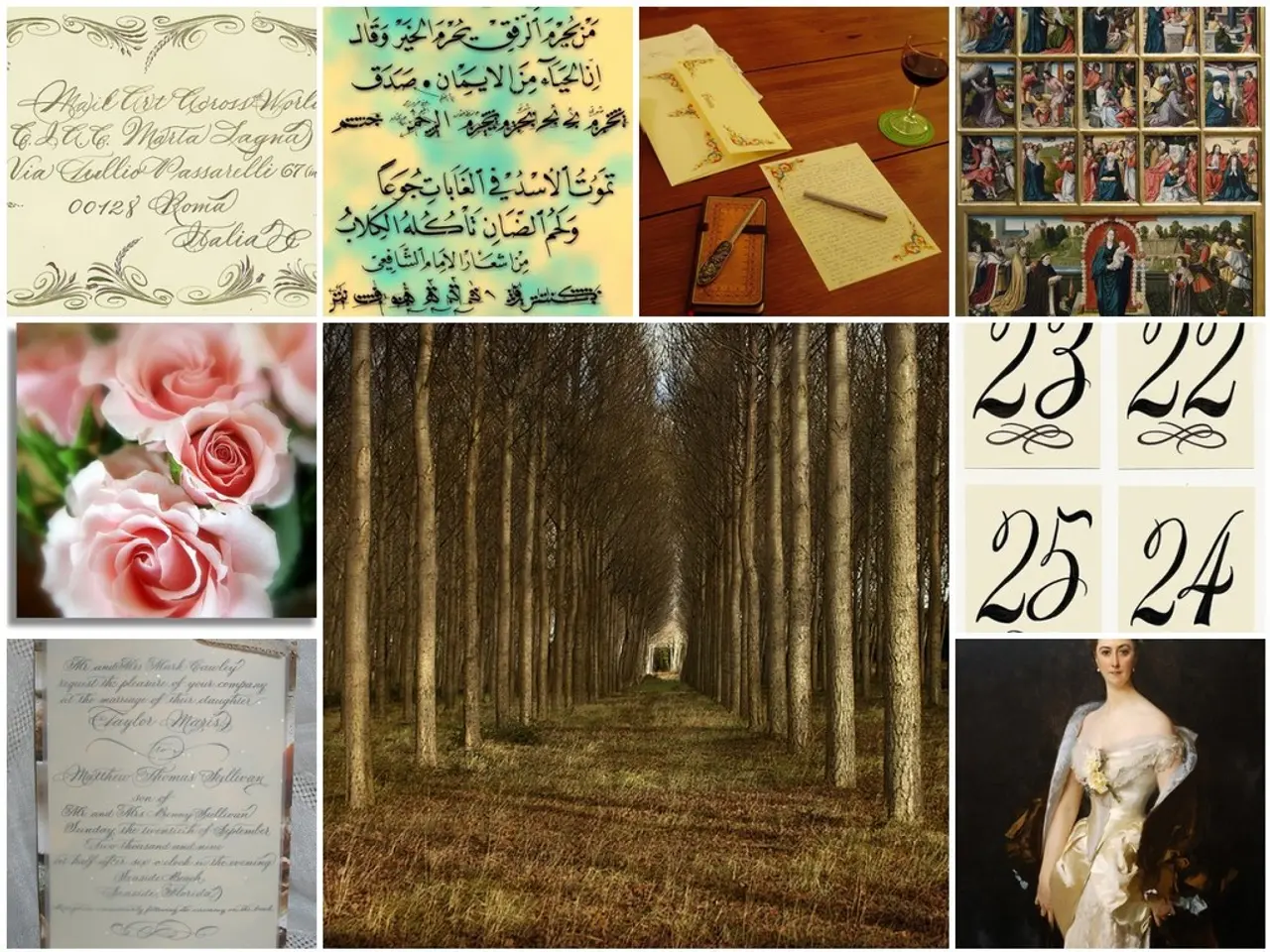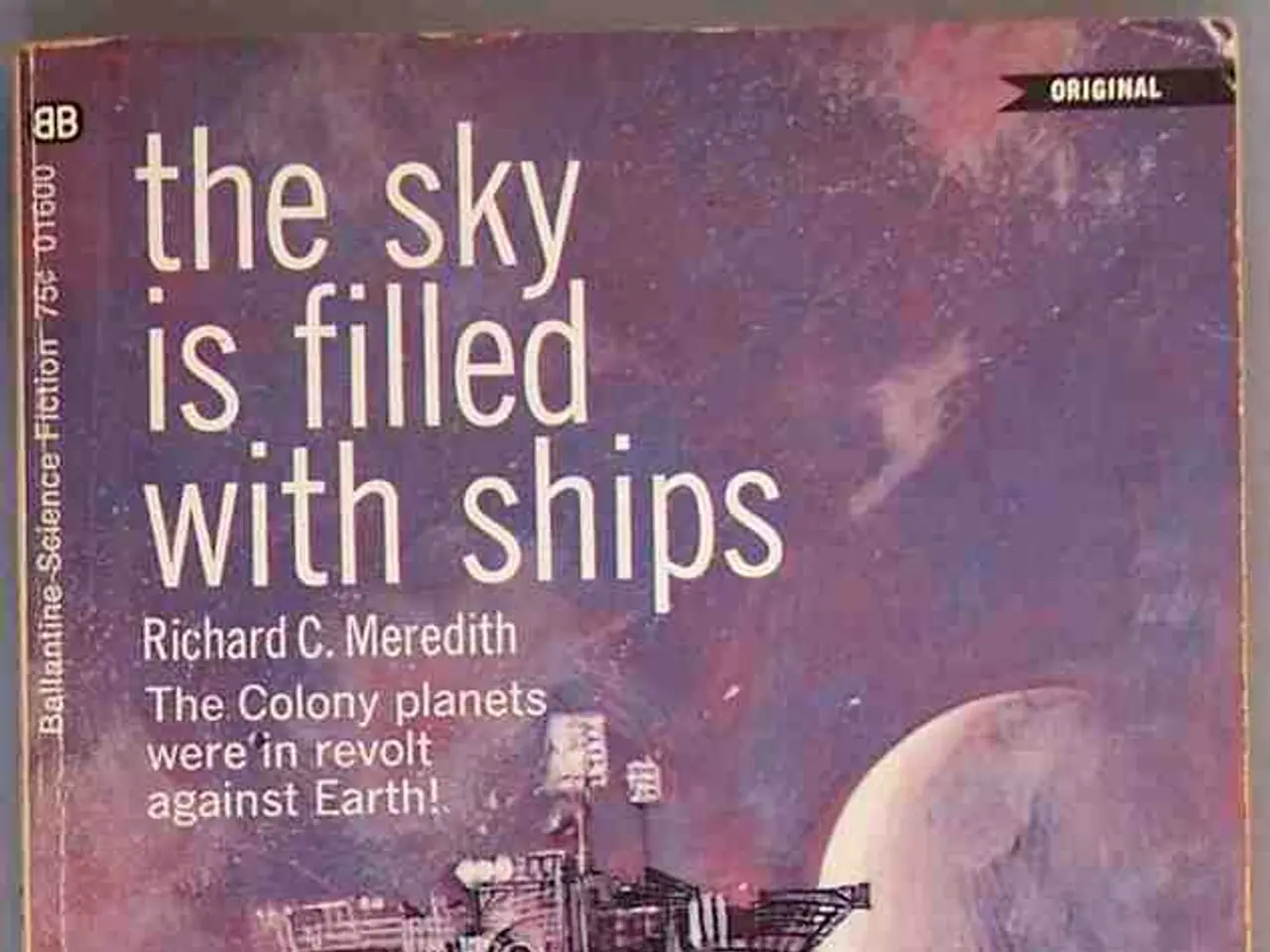Unveiling of the Shortlist for the ZWO Astronomy Photographer of the Year 2025
The Royal Observatory Greenwich has announced the shortlisted images for the ZWO Astronomy Photographer of the Year 2025 competition, marking the 17th year of the world's biggest astrophotography competition. Over 5,500 entries from photographers in 69 countries were submitted, showcasing the awe-inspiring beauty of the cosmos.
The competition, named the ZWO Astronomy Photographer of the Year 2025, includes 10 categories: Aurorae, Galaxies, Our Moon, Our Sun, People and Space, Planets, Comets and Asteroids, Skyscapes, Stars and Nebulae, Sir Patrick Moore Prize for Best Newcomer, ZWO Young Astronomy Photographer, and the Annie Maunder Open Category.
The Annie Maunder Open Category allows entrants to experiment with different approaches to astrophotography by using astronomical data in a creative, conceptual way. One of the shortlisted images in this category is Neon Sun by Peter Ward, which uses images taken by NASA's Solar Dynamics Observatory, remapped with a vibrant palette to turn the data on the Sun's corona inside out, creating the illusion of it being enclosed in a neon tube.
The total solar eclipse of April 2024 featured heavily in the entries submitted to the competition throughout 2024/25. One such entry, titled Total Solar Eclipse by Louis Egan, shows different stages of the solar eclipse, captured from Canada.
The winners of the competition will be announced during an online ceremony in September 2025, with the overall Astronomy Photographer of the Year to be crowned. The exhibition showcasing the winning images and selected entries from the 2025 competition will open at the National Maritime Museum in London, UK on 12 September 2025.
The exhibition will also feature information on how to follow the Royal Museums Greenwich on various social media platforms and using the hashtag #APY17. Alongside the winning images, visitors will have the opportunity to admire other shortlisted images, such as a moonrise over the Dolomites, red-hued Northern Lights at Mono Lake, California, and Comet C/2023 A3 (Tsuchinshan-ATLAS).
The Young Astronomy Photographer of the Year category, a part of the competition, showcases the talent of young photographers under the age of 16. The 22-megapixel panorama capturing the total solar eclipse of April 2024 was shortlisted in this category.
The winners in the 10 categories, including the overall Astronomy Photographer of the Year, will be announced on September 11, 2025. The exhibition of the winning and shortlisted works will open the following day at the National Maritime Museum in Greenwich, UK.
- The ZWO Astronomy Photographer of the Year 2025 competition, held by the Royal Observatory Greenwich, includes ten categories such as Galaxies, Comets and Asteroids, and Solar System, among others.
- One of the shortlisted images in the Annie Maunder Open Category, Neon Sun by Peter Ward, uses NASA's Solar Dynamics Observatory data and a vibrant palette to create an illusion of the Sun's corona enclosed in a neon tube.
- The Total Solar Eclipse of April 2024 was a popular subject in the competition, with Louis Egan's entry, titled Total Solar Eclipse, capturing different stages of the eclipse from Canada.
- The exhibition of winning and shortlisted images from the competition will open at the National Maritime Museum in London, UK on September 12, 2025, and will feature the awe-inspiring beauty of celestial bodies like comets (Comet C/2023 A3) and galaxies.
- The environment-focused category of environmental-science, space-and-astronomy, and technology continues to inspire photographers, as demonstrated by the shortlisted images of a moonrise over the Dolomites, California's Nevada Lights, and various nebulae.
- The overall Astronomy Photographer of the Year will be crowned during an online ceremony in September 2025, and visitors to the exhibition will have the chance to admire the talent of young photographers under the age of 16 in the Young Astronomy Photographer of the Year category.
- The shortlisted images serve as a reminder of the beauty of the cosmos, inspiring a sense of wonder about the universe and inviting others to expand their knowledge of astronomy through science and technology.




